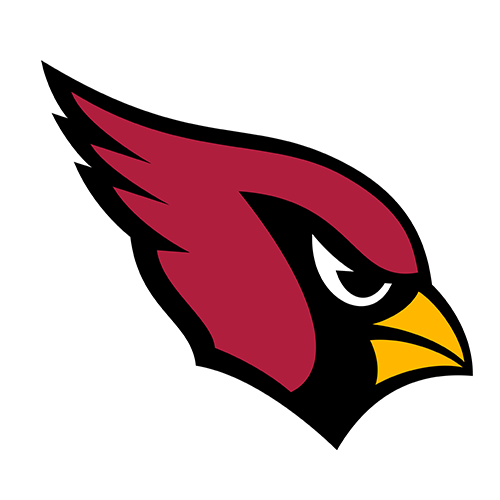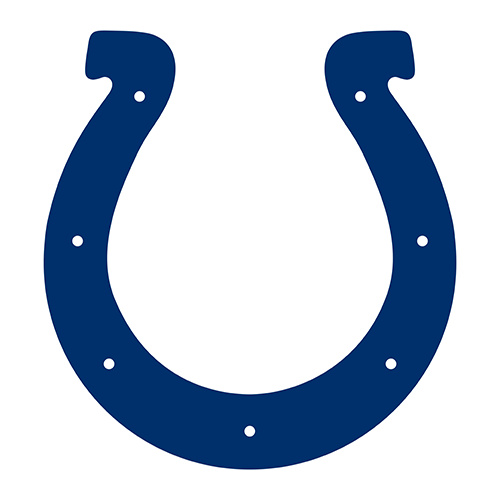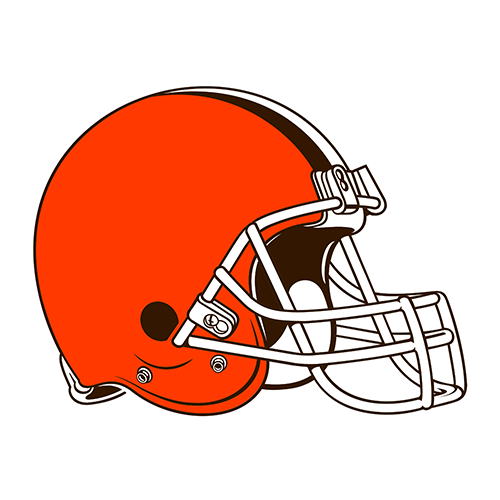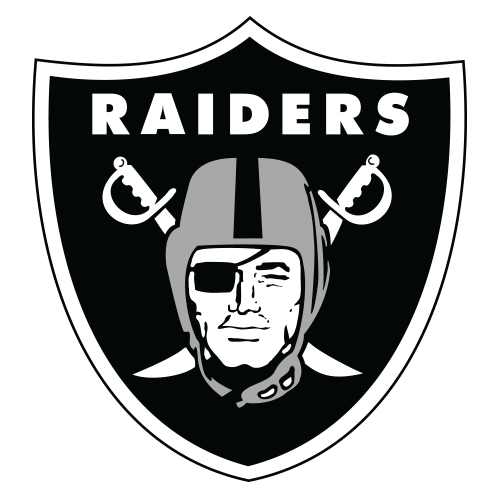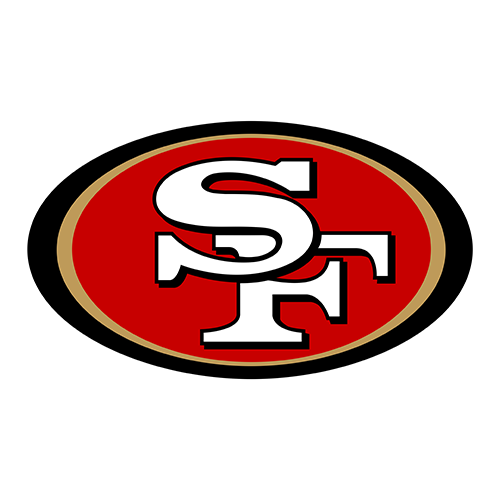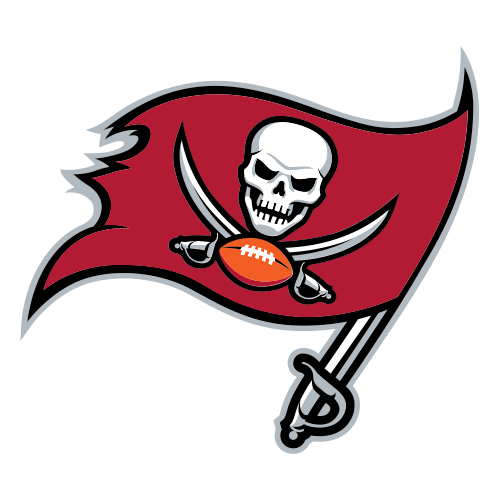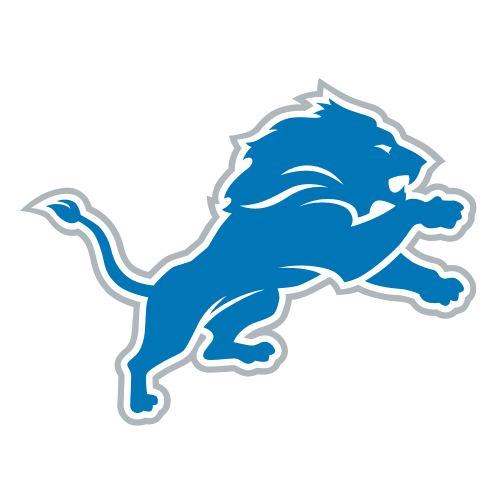Every four years, the world stops to watch a single event. In 2022, five billion people—over 60% of the global population—tuned in to the FIFA World Cup in Qatar. A staggering 1.5 billion witnessed Lionel Messi, widely regarded as the greatest footballer of all time, lift the trophy in a dramatic final against France. For perspective, just 127 million people watched the Super Bowl that same year.
The World Cup isn’t just the biggest sporting event on Earth—it may well be the most unifying cultural phenomenon of the modern age. But how did it become so monumental? Who defined it, shaped it, and sustained it through decades of global change?
The Origins: Rimet’s Vision
To understand the scale of today’s tournament, it’s essential to revisit its modest beginnings. The first World Cup in 1930 hosted just 13 nations, with seven from South America, four from Europe, and two from North America. The man behind it all? Jules Rimet.
Rimet, a French lawyer and visionary, served as FIFA president from 1921 to 1954 and was the driving force behind the creation of the World Cup. He oversaw four editions—including two post-war tournaments—and quite literally carried the first trophy across the Atlantic to Uruguay in a suitcase. Rimet also co-founded Red Star FC, one of France’s oldest football clubs, and firmly believed in the power of sport to bridge nations and cultures. His humble roots in rural France didn’t stop him from dreaming globally.
Rimet’s legacy is still etched into the trophy itself: the original cup was named in his honour. Without him, the World Cup may never have existed.
The Architects: FIFA’s Role in Global Expansion
Equally vital to the tournament’s rise is FIFA, the sport’s global governing body. Founded in 1904 in Paris with seven member nations—including France, Belgium, and the Netherlands—FIFA laid the groundwork for international football long before the World Cup was even conceived.
Figures like Robert Guérin, Daniel Burley Woolfall, and Cornelis Hirschman each played pivotal roles in FIFA’s early survival and development. Woolfall, in particular, helped align FIFA’s rules with those of the English FA, bringing much-needed structure to the international game.
Despite criticism and controversy over the decades, FIFA’s infrastructure has enabled the World Cup to grow from a regional contest into a truly global spectacle. The body’s continued efforts—whether through development funds, tournament logistics, or global promotion—have ensured football’s accessibility to every corner of the world.
The Icons: Players Who Became Legends
Of course, no history of the World Cup would be complete without the players who turned it into legend. From Uruguay’s Juan Schiaffino and Italy’s Giuseppe Meazza, to Zinedine Zidane, Pelé, Bobby Charlton, Diego Maradona, and Ronaldo—each generation has produced figures whose performances have defined their era.
These names, and many more, have elevated the World Cup’s status through unforgettable moments. In more recent years, stars like Kylian Mbappé and Lionel Messi have carried the torch, inspiring millions across continents with their brilliance on the pitch.
But the spotlight shouldn’t fall only on household names. Consider Lucien Laurent, the scorer of the first World Cup goal in 1930, or Luis Monti, the only player to appear in two finals for two different nations. Their contributions, while less glorified, are no less integral to the tournament’s mythology.
The Legacy: More Than Just a Game
Football is a unifier. It is more accessible than almost any other sport. A ball, an open space, and a few players are all that’s needed. In the decades since 1930, it has expanded far beyond its European and South American roots, becoming a lifeline for communities in Africa, Asia, and now, more than ever, North America.
The World Cup brings together nearly every nation on Earth. For one month, borders blur and rivalries ignite—not out of conflict, but out of passion and pride. It offers moments of catharsis, escape, identity, and unity. And for many, it defines a generation.
So who defined the World Cup we know today? The answer is layered. It was Jules Rimet’s ambition, FIFA’s structure, and the unforgettable magic of players across generations. It was also the fans, the broadcasters, the stadiums, the upsets, the heartbreaks, and the heroes.
Ultimately, the World Cup is not the work of one man or one moment. It is a tapestry woven from decades of dreams, played out on the world’s greatest stage—and the story is still being written.


